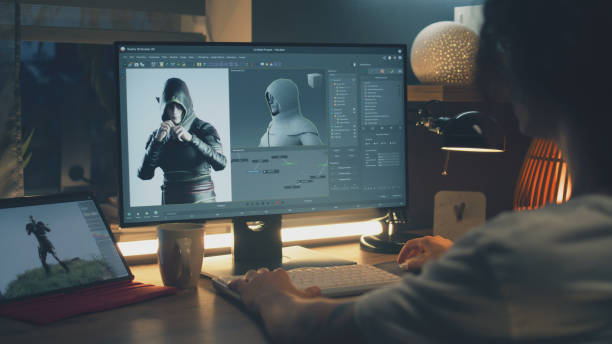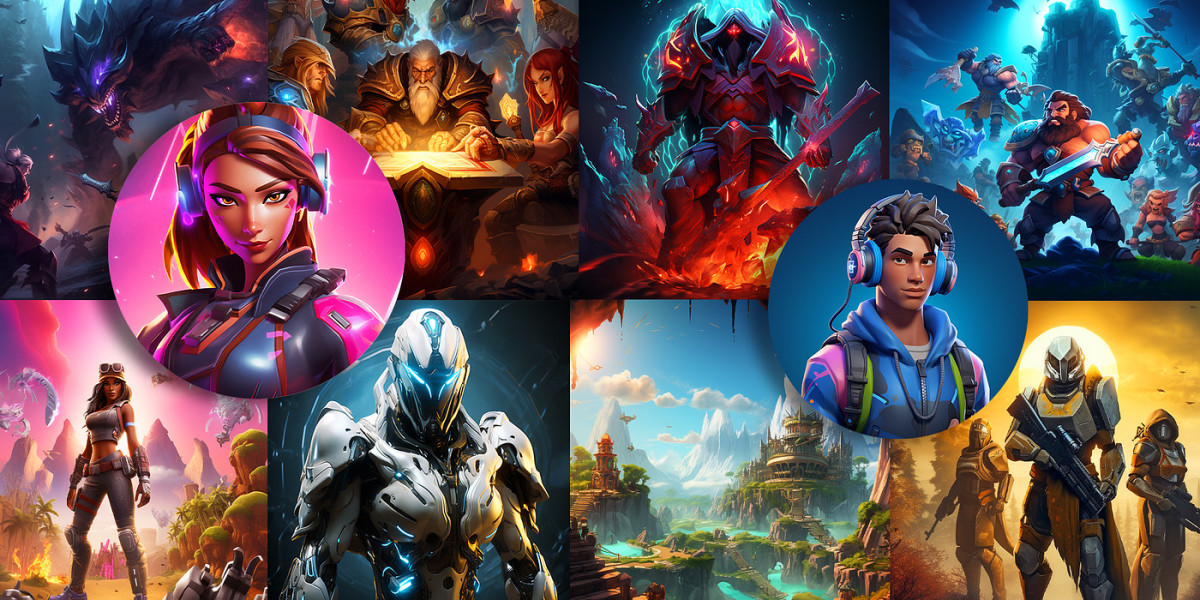
Miniature design has undergone a remarkable transformation in the past decade. Once restricted to hand-sculpted models and mass-produced molds, the industry is now powered by advanced 3D printing and digital customization tools. Whether you’re a tabletop gamer, a hobbyist painter, or a brand looking for product personalization, modern 3D sculpting services are unlocking creative possibilities like never before.
The shift isn’t just about replacing clay with CAD software; it’s about enabling a global community of designers and collectors to create highly personalized, detailed, and functional miniatures without the old barriers of cost, time, or geography. Let’s explore how 3D printing and customization are redefining the miniature landscape.
The Digital Revolution in Miniature Design
Historically, crafting a miniature was a meticulous process involving skilled artisans who spent weeks sculpting a single prototype by hand. Today, the process begins on a computer, using powerful modeling tools that allow instant edits, scaling, and experimentation.
Digital sculpting isn’t just faster, it's also more precise. With 3D modeling, designers can experiment with proportions, add intricate surface textures, and even integrate moving parts without compromising structural integrity. This evolution means that hobbyists and professionals alike can create models that were previously impossible to produce.
How 3D Printing Elevates Creativity and Accessibility
Before 3D printing, creating a single custom miniature often required expensive mold-making. Now, with additive manufacturing, a digital file can be transformed into a physical object within hours.
The accessibility factor is huge. No longer do creators need large workshops or manufacturing facilities just a desktop printer or access to 3D sculpting services. This democratization of production means even small creators can compete with established brands in terms of quality and innovation.

Where Miniatures Become Personal
In the age of personalization, miniatures have become more than just display items; they're storytelling devices. Tabletop RPG players can design characters that reflect their in-game personas perfectly, right down to the weapons and armor.
Thanks to 3D sculpting services, customization isn’t limited to aesthetics; functional adaptations like detachable parts, modular accessories, or unique base designs are possible. This ensures that every miniature has a personal connection to its owner.
The Role of 3D Sculpting Services
While hobbyists enjoy the freedom to create at home, professional miniature design often calls for higher precision and production quality. That’s where professional 3D sculpting services come in.
These services combine expert digital sculptors with advanced printing technologies, offering not just modeling, but also optimization for mass production. This is especially valuable for game developers, board game publishers, and collectible brands who need both quality and scalability.
Material Advancements: Expanding the Possibilities
Early 3D-printed miniatures often suffered from fragile structures or low detail resolution. Now, material science has caught up with creative ambition. Resins and advanced polymers allow for ultra-fine details, durability, and even flexible parts.
Some designers are experimenting with hybrid builds, combining 3D-printed elements with traditional materials like metal or wood. This opens the door for limited edition, luxury miniature runs that appeal to collectors worldwide.
The Influence of Online Communities and Marketplaces
The rise of online platforms has amplified the miniature design boom. Websites dedicated to 3D model sharing and selling enable designers to reach global audiences instantly.
Creators can offer ready-to-print files or even custom commissions. Paired with 3D sculpting services, these marketplaces make it possible for designers to turn a passion project into a full-time business without worrying about physical inventory.
Balancing Cost and Quality in Custom Miniature Design
While 3D printing has lowered the cost of entry, producing professional-grade miniatures still requires strategic budgeting. High-resolution printing, premium materials, and post-processing techniques all influence final costs.
Professional 3D sculpting services can help by optimizing models for production, ensuring designers get the most value for their investment without sacrificing quality. This balance is key for small businesses looking to stand out in a competitive market.

The Future: AI, VR, and Next-Level Customization
We’re only scratching the surface of what’s possible. AI-assisted modeling can now suggest design improvements or even generate base models from simple sketches. VR sculpting tools allow designers to create miniatures in a fully immersive 3D space, manipulating shapes with natural hand movements.
As these technologies integrate with 3D sculpting services, we can expect a future where designing a miniature is as intuitive as drawing on paper and just as personal.
Final Thoughts
The miniature industry is thriving because it blends artistry, technology, and personal expression. Whether you’re designing for a global audience or just for yourself, 3D sculpting services make the process more accessible, affordable, and exciting than ever.
Interestingly, this customization-driven industry mirrors trends in other creative sectors. For example, just as gamers might weigh the PUBG game cost against the hours of entertainment it provides, miniature designers consider the value of investing in personalized, high-quality creations. In both cases, the focus is on maximizing enjoyment, uniqueness, and long-term satisfaction.







